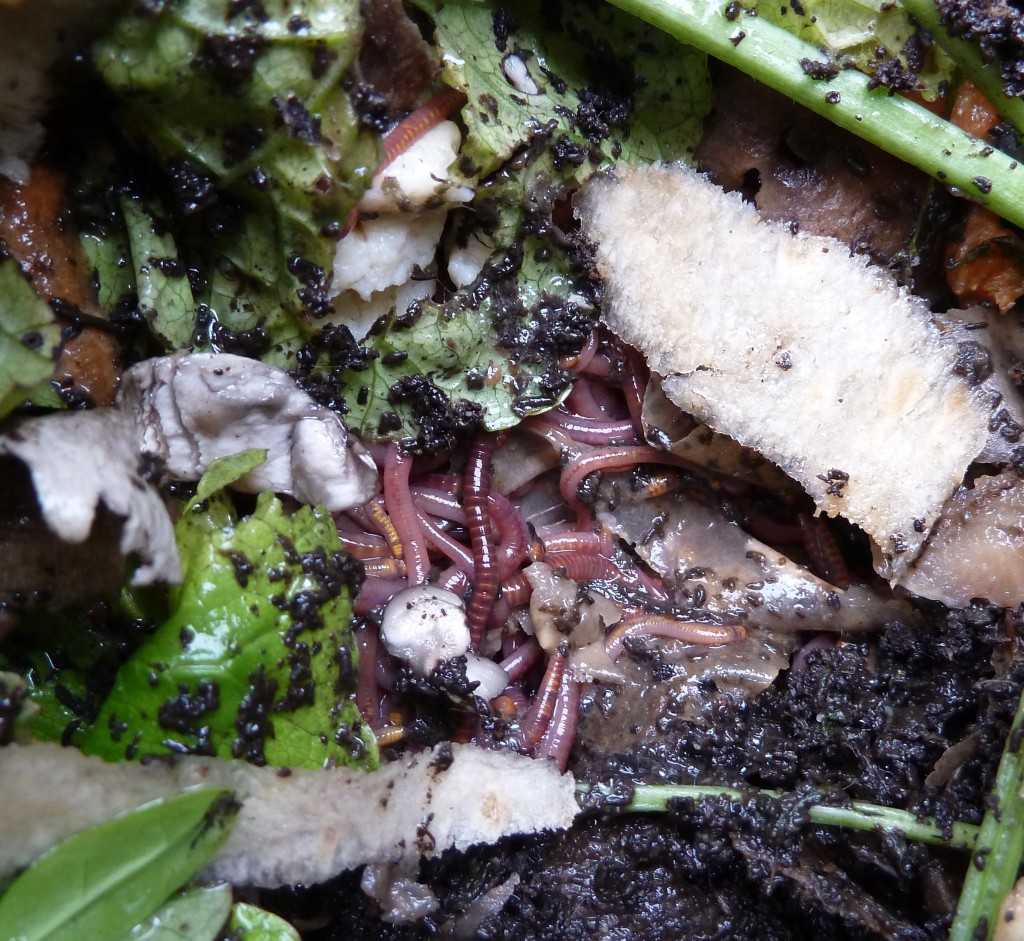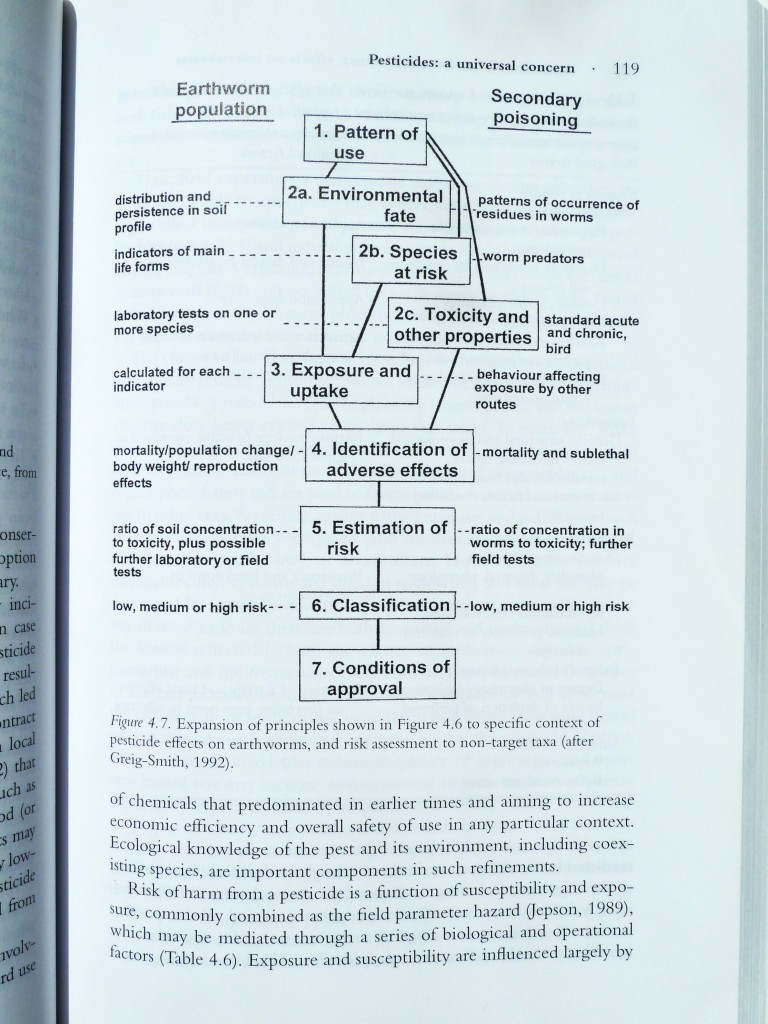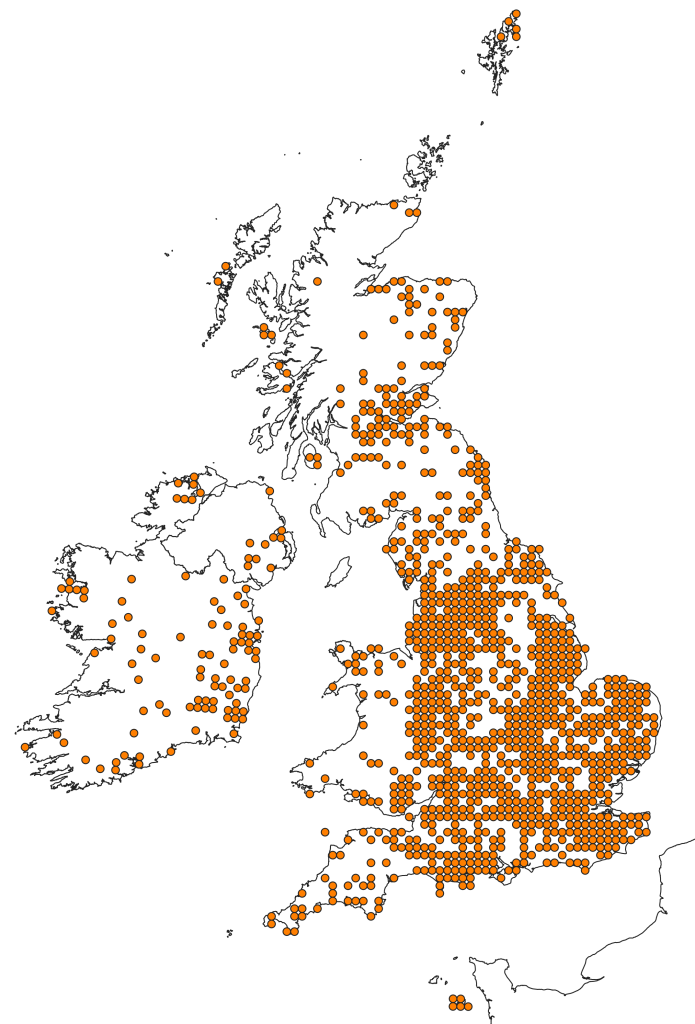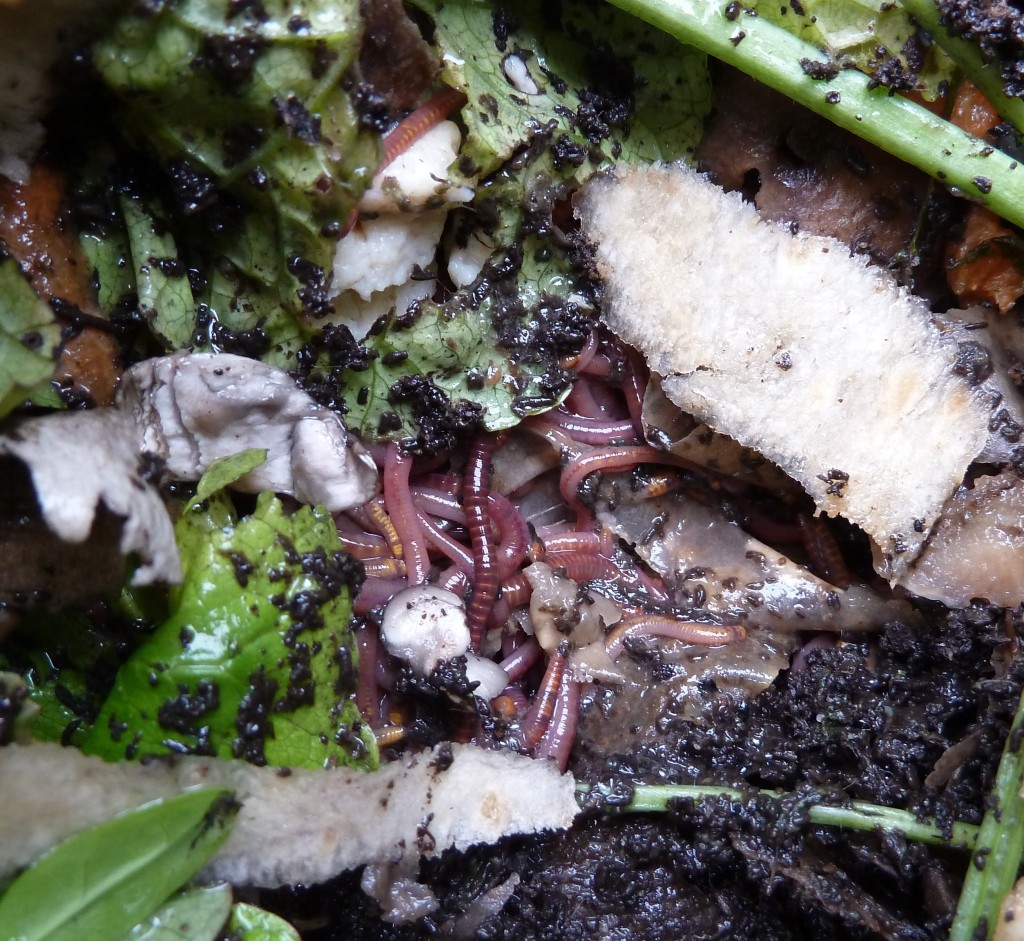29 May 2024 – A brief overview by Dr Sophie Louisa Bennett (PhD Conservation Biology, Lincoln 2016) prompted by announcements of research by Cambridge University/BTO

Cambridge University/BTO has recently reported the outcomes of research into Earthworm populations showing evidence of ongoing declines in abundance in a range of habitats. Including in environments either not previously widely researched (and therefore underreported) and in those habitats where abundance had been anticipated to be higher than shown. Woodland/forest soils are one example of the latter.
Earthworms have for logical reasons long been a research focus in agricultural ecosystems, in particular. Widely imagined to be abundant – possibly even to those who thought they were informed – and one of the most familiar invertebrates to even the non-expert. A range of factors affect their numbers, as they do – to varying degrees- other invertebrate life in or on the soil (e.g. New, 2005).
It might surprise those who have any interest in soil fauna or invertebrates that there are reckoned to be between 3,000 and 4,000 species of Oligochaeta worldwide. Different species may of course respond differently to environmental conditions. They occupy different niches, with some Earthworms preferring to burrow deep into the soil, while others occupy horizontal ‘galleries’ not far from the soil surface and yet others remain largely surface-active, or thrive, say, only in certain ‘specialist’ habitats, such as compost heaps, following a coprophagic lifestyle (and they certainly are thriving from what I see in our family compost bin). Few species are said to occupy soils in wet forests.
Since Earthworms contribute significantly both to breaking down nutrients in soil and influencing soil structure, as well as providing a food source for many animals higher up the food chain, their environmental fate is rightfully considered repeatedly in research studies.
Over time, Earthworms have been considered in research into the effects of pesticide application (both lethal and sub-lethal effects on behaviour and physiology), but there are other concerns too relating to wider environmental conditions including the climate. It is obvious that an animal such as an Earthworm with sensitive membranes would be sensitive to drought conditions, changes in temperature and rainfall patterns. Excessively wet weather may have a negative effect leading to mortality – possibly through decreased food supply, decreased opportunities to mate and decreased fecundity, increased disease etc.

Research in the 1960s indicated that Fungi could favour higher soil acidity and with certain Fungal species there comes a risk of negative effects on soil fauna. (Perhaps even rarely beneficial effects should those creatures be fungivorous.)
Certain bacterial species introduced into the environment for targeted purposes, such as Bt (Bacillus thuringiensis), have been identified as a potential threat, although that threat is perhaps lower to Earthworms than to other species.
Management of agricultural (and other) soils, including level of ‘disturbance’ (e.g. through till/no-till approaches) and compaction etc, is another factor, with larger Earthworms even preferring higher levels of disturbance, notably as a result of intensive grazing. It is conceivable in non-agricultural environments, such as amenity areas, that factors such as number of visitors will affect soil structure negatively. And who can say whether all conservation measures are entirely conducive to target and non-target species?
Not all of these variables are entirely or even partially under our control, but at least they are known about and interventions can occur. As ever there are repeated calls for further monitoring of the situation. Whether ultimately abundance as well as diversity will be stabilised or restored may be a different question.
I was intrigued to discover from personal experience of peering regularly into the garden compost bin just how abundant Earthworms can be, but they are living in optimal (protected, part natural, part man-made) conditions of adequate moisture, relatively stable and predictable temperatures (often very warm, but never very cold), diverse structure and often diverse and abundant food sources. If you require such diversity in order to maintain abundance (and diversity) that is already a huge message.

Three quite interesting but older books on the fundamentals of soil animals:
New, T. R. (2005) Invertebrate Conservation and Agricultural Ecosystems. Cambridge: Cambridge University Press
Wallwork, J. A. (1976) The Distribution and Diversity of Soil Fauna. London/New York/San Francisco: Academic Press
Wallwork, J. A. (1970) Ecology of soil animals. London/New York/Sydney/Toronto/Mexico/Johannesburg/Panama: McGraw-Hill

More recent sources (including both peer-reviewed and non-peer-reviewed commentary) on Earthworms and factors affecting Earthworm populations:
https://www.repository.cam.ac.uk/items/7c41771e-b784-4085-81b2-e0a94d848cd7
https://www.cranfield.ac.uk/press/news-2019/earthworm-population–triples-with-use-of-cover–crops
https://www.economist.com/britain/2024/05/22/whats-behind-britains-earthworm-cataclysm [a recognition of the economic important of good ‘health’ in soil fauna]
https://www.ncbi.nlm.nih.gov/pmc/articles/PMC10069791/
https://www.nature.com/articles/s42003-021-02139-5
Earthworm monitoring/biological recording scheme information for the UK/GB:
https://nbn.org.uk/biological-recording-scheme/earthworm-society-of-britain/
https://www.brc.ac.uk/scheme/earthworm-society-britain-national-earthworm-recording-scheme
https://www.earthwormsoc.org.uk/

